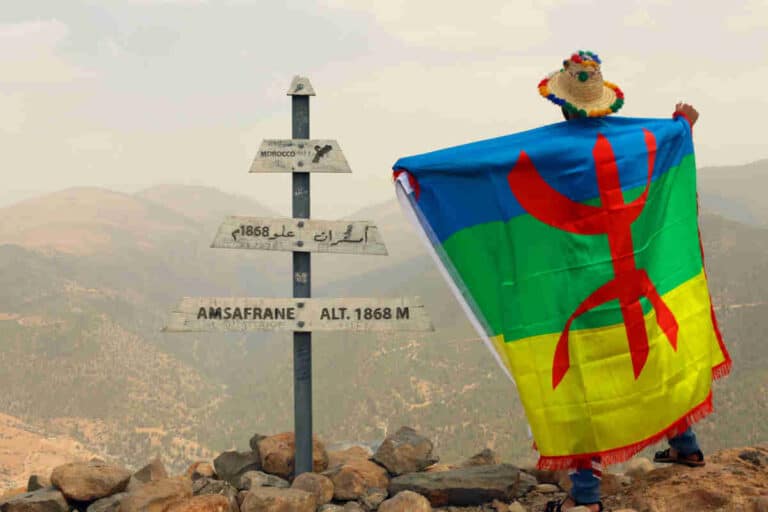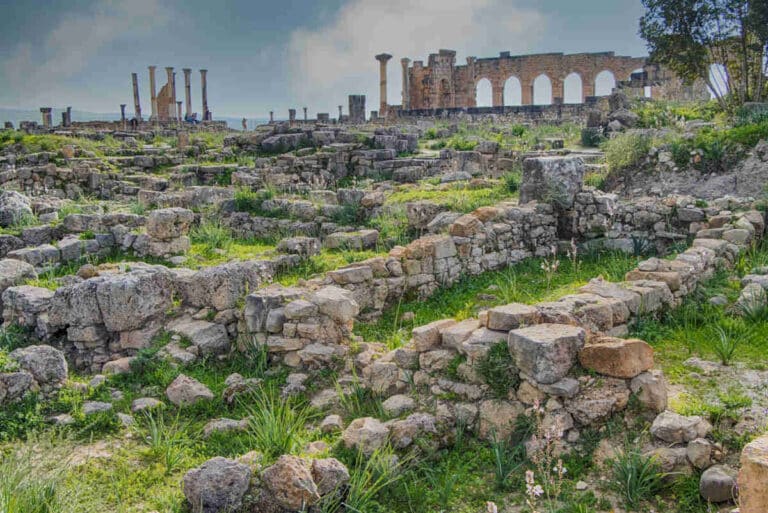History is the story of invasions and reconquests, of foreign domination and independence. And that can be seen between Spain and Morocco: if the Muslim civilization conquered the Iberian Peninsula and left a spectacular cultural legacy in the Middle Ages, there have also been Spanish presence in its North African neighbor in the twentieth centuryHe also left a great imprint. Therefore, in this post we tell you about the Spanish footprint in Morocco, which you can appreciate if you open your eyes wide during your trip to this country.
The Spanish footprint of the Protectorate
Although Spain conquered part of Morocco at the time of the so-called empire of the Hispanic monarchy (16th and 17th centuries), little remains in Moroccan territory from that period of domination. In this sense, the mark left by the Portuguese, who at that time founded commercial and military colonies for their routes along the African coast towards the West Indies, is much more notorious.
On the other hand, centuries later, Spain left another footprint that is much more noticeable today: the one that occurred during the Spanish Protectorate, from 1912 to 1958. At that time, Spain was ‘entrusted’ with the occupation of two territories on Moroccan soil: to the north, in what today is
roughly speaking
the region of Tangier-Tetouan-Al Hoceima (excluding the aforementioned Tangier, which was an International Zone) and another portion of territory in the extreme south, which today would correspond to Western Sahara, as well as the city of Sidi Ifni.
Places to see the Spanish footprint in Morocco
It can be said that one of the cities where you can best see the Spanish footprint in Morocco is Tetouan. Not in vain, it was the capital of the Protectorate, welcomed many people from the other side of the Strait and forged important links with Spain, as exemplified by the Club Atlético Tetuána soccer team that played in the Spanish First Division.
Even today, Spanish is still a very well known language among its population and buildings and monuments built during the Protectorate are still preserved, mainly grouped in the Ensanche districtwhich is in itself a legacy of Spanish urban planning. In most cases, it is dazzling in its historicist or neo-Hispanic-Muslim architecture.The old train station (now the Modern Art Center) and the church of Nuestra Señora de las Victorias are some of the most outstanding examples.
TangierDespite not having been part of the Spanish Protectorate, it also has interesting examples of that period, due to its proximity. In this regard, it is worth highlighting the Cervantes TheaterAt the time of writing this post, the Moroccan government was rehabilitating it to convert it into a cultural center. But the most striking example is undoubtedly the Plaza de Toros, which no longer hosts this type of event but is also in the process of being restored.
Larache is another of the cities where the Spanish footprint of the Protectorate is evident. Its urban development plan demonstrates this, with its own Ensanche (urban expansion area) to decongest the
medina
and with the then Plaza de España (now Plaza de la Liberación) to unite both spaces. Some buildings, moreover, have a distinctly ‘European’ style, such as the former agency of the Bank of Spain…, when
the local currency
was the peseta.
And to add a note from the south of Morocco, in the town of Sidi Ifni some examples also appear that refer us to Spain. For example, the Palace of Justice, which was once a church, or the Marine Infantry Barracks, now a hotel.
The latter, by the way, is repeated in many other cities: former military barracks built by the Spaniards that, some time later, have been put to another use. This is the case, to name but a few, of the Larache Regulars Barracks of the city of Alcazarquiviror the Al Hoceima Regulars Barracks in Segangane, in the province of Nador.




